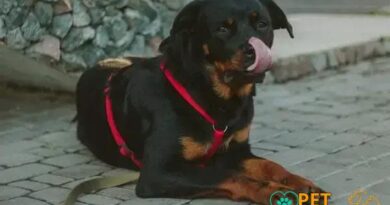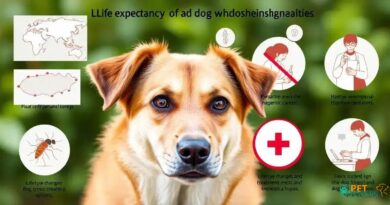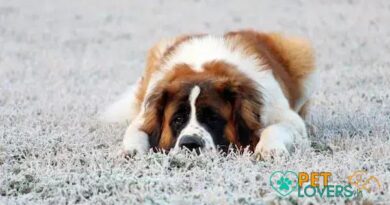O que é grooming tips
What is Grooming Tips?
Grooming tips refer to the essential practices and techniques used to maintain a dog’s hygiene, appearance, and overall health. Proper grooming not only enhances a dog’s physical appearance but also plays a crucial role in their well-being. Regular grooming helps to prevent various health issues, such as skin infections and matting, while also providing an opportunity for pet owners to bond with their furry companions.
The Importance of Regular Grooming
Regular grooming is vital for all dog breeds, regardless of their coat type. It helps to remove dirt, debris, and loose hair, which can accumulate and lead to skin irritations. Additionally, grooming allows for the early detection of potential health problems, such as lumps, bumps, or skin conditions. By incorporating grooming tips into your routine, you can ensure your dog remains healthy and happy.
Basic Grooming Tools You Need
To effectively groom your dog, it’s essential to have the right tools on hand. Some basic grooming tools include brushes, combs, nail clippers, and grooming scissors. Depending on your dog’s coat type, you may also need specialized tools like de-shedding tools or slicker brushes. Investing in high-quality grooming tools can make the grooming process more efficient and enjoyable for both you and your dog.
Brushing Techniques for Different Coat Types
Different dog breeds have varying coat types, and each requires specific brushing techniques. For example, long-haired breeds benefit from daily brushing to prevent tangles and mats, while short-haired breeds may only need weekly brushing. Understanding your dog’s coat type and the appropriate brushing technique is crucial for effective grooming. Always brush in the direction of hair growth to avoid causing discomfort.
Bathing Your Dog: Frequency and Tips
Bathing is an essential part of grooming, but it’s important not to overdo it. Most dogs only need a bath every 4 to 6 weeks, depending on their activity level and coat type. When bathing your dog, use a gentle, dog-specific shampoo to avoid skin irritation. Ensure that you rinse thoroughly to remove all soap residue, as leftover shampoo can lead to skin problems. Additionally, consider using a conditioner for dogs with longer coats to keep their fur soft and manageable.
Nail Care: Why It’s Crucial
Nail care is a critical aspect of grooming that is often overlooked. Long nails can cause discomfort and lead to mobility issues for your dog. Regular nail trimming helps to prevent painful splitting and cracking. It’s recommended to trim your dog’s nails every 3 to 4 weeks, but this can vary based on their activity level. If you’re unsure about how to trim your dog’s nails, consult a professional groomer or veterinarian for guidance.
Ear Cleaning: Keeping Infections at Bay
Ear cleaning is another important grooming tip that helps to prevent infections and maintain your dog’s overall health. Dogs with floppy ears are particularly prone to ear infections, so it’s essential to check their ears regularly for dirt, wax buildup, or signs of infection. Use a vet-recommended ear cleaner and cotton balls to gently clean your dog’s ears, being careful not to insert anything deep into the ear canal.
Dental Care: An Often Neglected Aspect
Dental care is a crucial yet often neglected aspect of grooming. Regular brushing of your dog’s teeth can help prevent dental diseases and bad breath. Aim to brush your dog’s teeth several times a week using a toothbrush and toothpaste specifically designed for dogs. Additionally, consider incorporating dental chews or toys into your dog’s routine to promote oral health.
Professional Grooming: When to Seek Help
While many grooming tasks can be done at home, there are times when it’s best to seek professional help. If your dog has a particularly challenging coat, requires specialized grooming techniques, or if you’re unsure about how to handle certain grooming tasks, a professional groomer can provide the expertise needed. Regular visits to a groomer can also help maintain your dog’s appearance and health.
Creating a Positive Grooming Experience
To make grooming a positive experience for your dog, start slowly and use plenty of praise and treats. Gradually introduce grooming tools and techniques, allowing your dog to become comfortable with the process. Consistency is key; the more often you groom your dog, the more they will adapt to it. Creating a calm and positive environment can help alleviate any anxiety your dog may have about grooming.




